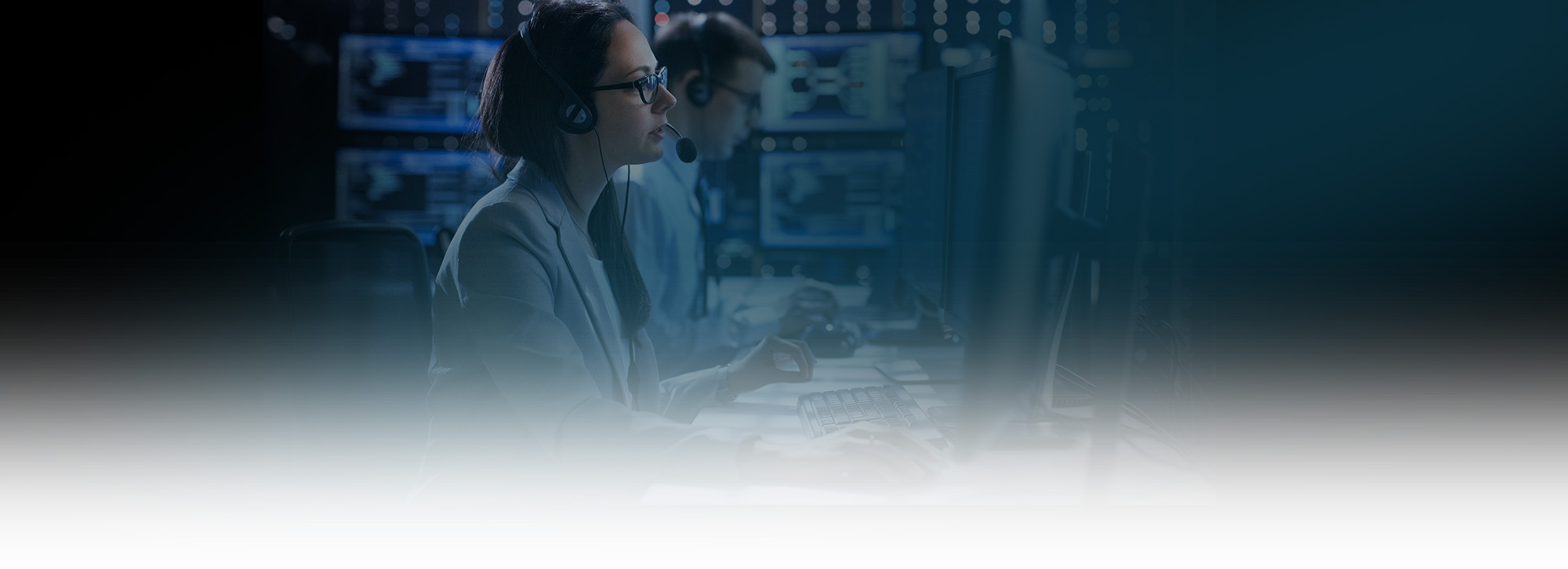
A server room is the physical space that holds all of the data that moves through a company’s or firm’s computer network. Most IT professionals spend a considerable amount of time there, troubleshooting server or network issues and performing regular maintenance. In order to create a hub for IT infrastructure and operations, a secure and available data center for storing technologies and files is needed. Design a server room for the complete IT team that is safe, large, and computer friendly.
STEPS:

Understand your smart server room design
The first thing to consider is spacing, which involves both equipment spacing and workplace environment spacing. Overheating, dis-organization, and other problems may result from crowded equipment. Consider where the technology or servers are in relation to your jobs, as well as how open this infrastructure should be
The location of your server room is the second most important factor to consider. Is your equipment going to stay in the office? Is it going to be a closet or a separate room? The type of technology your company employs is critical in determining an answer to these questions.
Your advanced server room configuration will be influenced by the type of hardware and the amount of equipment used by your company. Multiple servers and/or AV devices can easily overheat, so they should be kept in a separate room with plenty of ventilation. Smaller network appliances, such as routers, switches, and patch panels, take up less space.
Ditch the stacking for rack-mount equipment
When it comes to integrating technology, one of the most common mistakes made by companies is stacking equipment. Stacking equipment makes this almost difficult to organize and clutters the workspace. This can harm technology by trapping heat and dust, as well as adding weight to other equipment. There is a straightforward solution.

Find the best small business server rack
A server rack is the way to go when it comes to organizing your equipment and creating more space. You can install and arrange everything from servers to network and AV equipment using shelves and rails in your rack. A server rack enables you to increase the amount of hardware you have based on your company’s needs without losing space. It also stops equipment from being stacked.

Keep the room cool
To prevent all of the equipment from overheating, a proper server room must remain cool and dry. Installing a raised floor to spread cooling is one alternative. Another choice is to use in-row cooling units, which eliminate the need for a raised floor and relocate the compressor to the roof. A ceiling height of at least 12 to 18 feet (3.7 to 5.5 m) is recommended. Maintain a comfortable temperature in the room by using a thermometer. If the room becomes too hot, a dehumidifier might be needed.

Do not neglect cable management
Cable management is an often-overlooked aspect of server room preparation. Messy, tangled cables make it difficult to remember where those cables go and can cause harm. Bundling cables is a great way to avoid this problem. Zip links or hook-and-loop straps may be used to do this. You can position and secure wires where you want them with the help of a vertical or horizontal cable manager. Labeling cables is much easier than the other measures. You will understand exactly where cables go by marking or color-coding them, and it only takes a few seconds. If you need more details, see our cable management guide.
Label and organize
Why do we stop at cables? Mark and arrange all of your system and equipment now. This is particularly important for businesses because it eliminates the need for an IT expert. Equipment may be labelled with the manufacturer’s name, installation and replacement instructions, and cleaning instructions. This helps the company to keep running smoothly even though the hardware needs to be replaced or cleaned.

Power up your server room
One of the most ignored, but crucial, aspects of designing your server room setup is how you will supply power to your technology. To begin, ensure that your server room has sufficient power to support your devices. This is a two-step method that begins with determining your server room’s power capacity and ends with using a power consumption calculator. When it comes to determining the power potential, you’ll need to know your circuits’ voltage and amperage in particular.

Develop security procedures
The data center should only be accessible to those who use it for work. Install a handprint or fingerprint recognition device if you want to keep it locked. Data security necessitates the use of a protected server space.

Allow for monitoring
The server room should be tracked 24 hours a day, seven days a week. All traffic passing through the network servers should be checked for anomalies. If the tracking shows something disturbing, software exists to send alerts to pagers, mobile phones, and emails.

